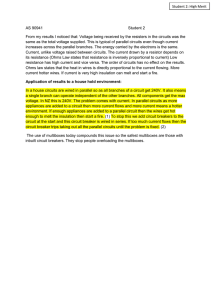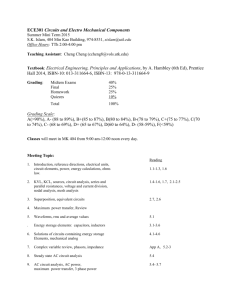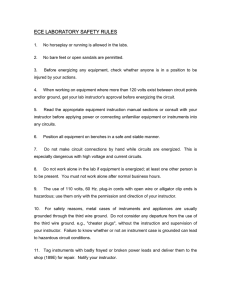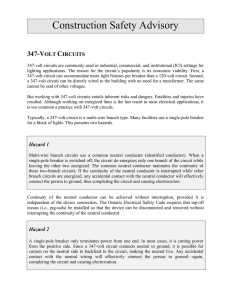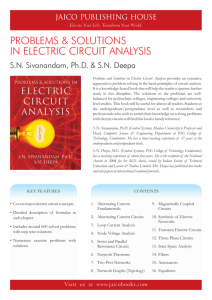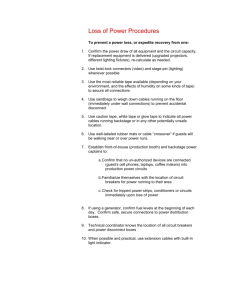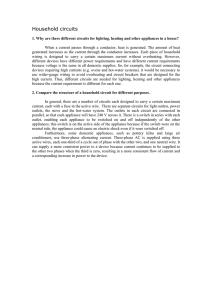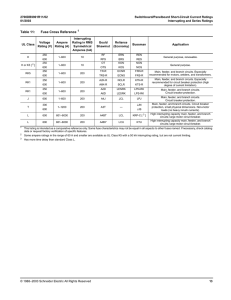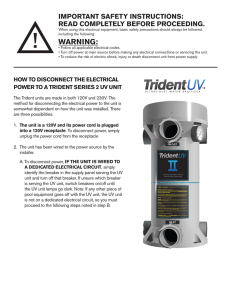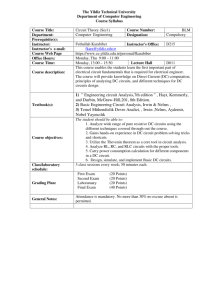10 ElEctrical SafEty rulES
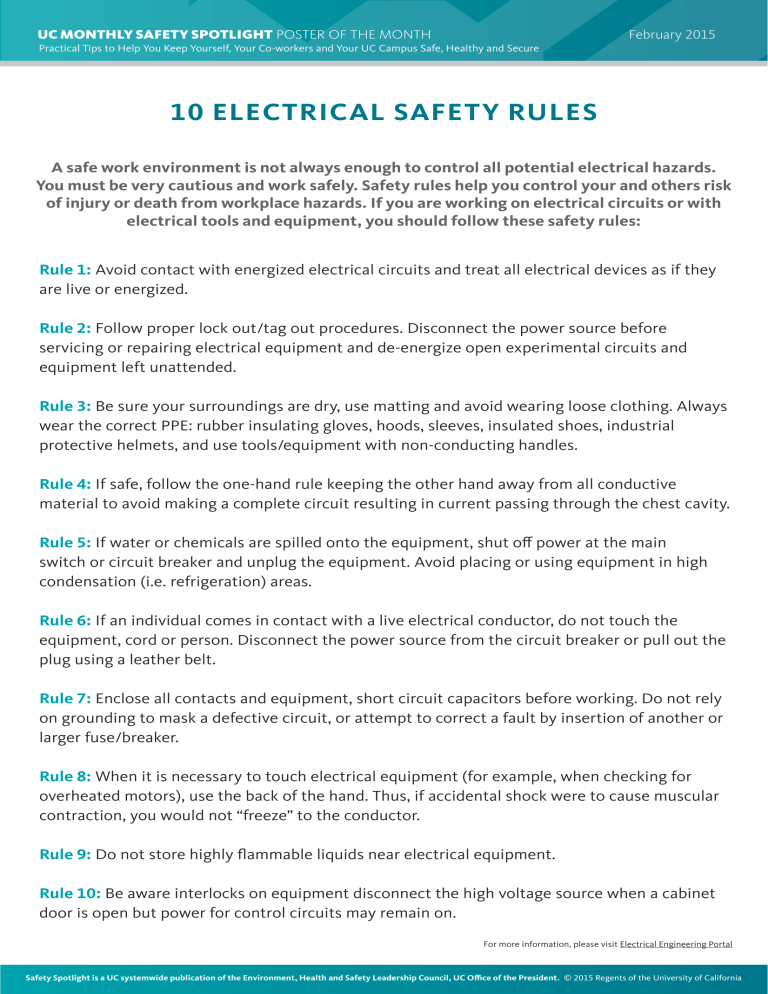
UC MONTHLY SAFETY SPOTLIGHT POSTER OF THE MONTH
Practical Tips to Help You Keep Yourself, Your Co-workers and Your UC Campus Safe, Healthy and Secure
February 2015
10 ElEctrical SafEty rulES
A safe work environment is not always enough to control all potential electrical hazards.
You must be very cautious and work safely. Safety rules help you control your and others risk of injury or death from workplace hazards. If you are working on electrical circuits or with electrical tools and equipment, you should follow these safety rules: rule 1: Avoid contact with energized electrical circuits and treat all electrical devices as if they are live or energized.
rule 2: Follow proper lock out/tag out procedures. Disconnect the power source before servicing or repairing electrical equipment and de-energize open experimental circuits and equipment left unattended.
rule 3: Be sure your surroundings are dry, use matting and avoid wearing loose clothing. Always wear the correct PPE: rubber insulating gloves, hoods, sleeves, insulated shoes, industrial protective helmets, and use tools/equipment with non-conducting handles. rule 4: If safe, follow the one-hand rule keeping the other hand away from all conductive material to avoid making a complete circuit resulting in current passing through the chest cavity.
rule 5: If water or chemicals are spilled onto the equipment, shut off power at the main switch or circuit breaker and unplug the equipment. Avoid placing or using equipment in high condensation (i.e. refrigeration) areas.
rule 6: If an individual comes in contact with a live electrical conductor, do not touch the equipment, cord or person. Disconnect the power source from the circuit breaker or pull out the plug using a leather belt.
rule 7: Enclose all contacts and equipment, short circuit capacitors before working. Do not rely on grounding to mask a defective circuit, or attempt to correct a fault by insertion of another or larger fuse/breaker.
rule 8: When it is necessary to touch electrical equipment (for example, when checking for overheated motors), use the back of the hand. Thus, if accidental shock were to cause muscular contraction, you would not “freeze” to the conductor.
rule 9: Do not store highly flammable liquids near electrical equipment.
rule 10: Be aware interlocks on equipment disconnect the high voltage source when a cabinet door is open but power for control circuits may remain on.
For more information, please visit Electrical Engineering Portal
Safety Spotlight is a UC systemwide publication of the Environment, Health and Safety Leadership Council, UC Office of the President.
© 2015 Regents of the University of California





